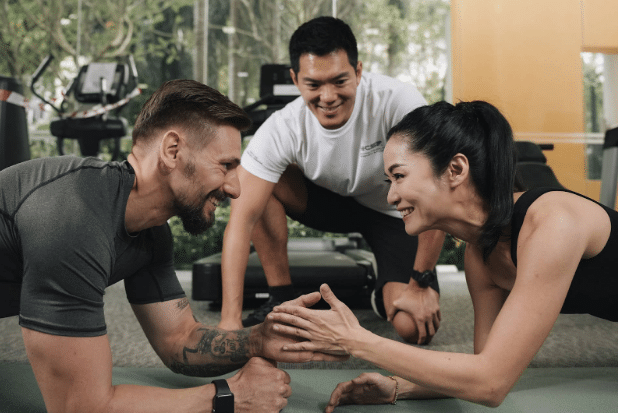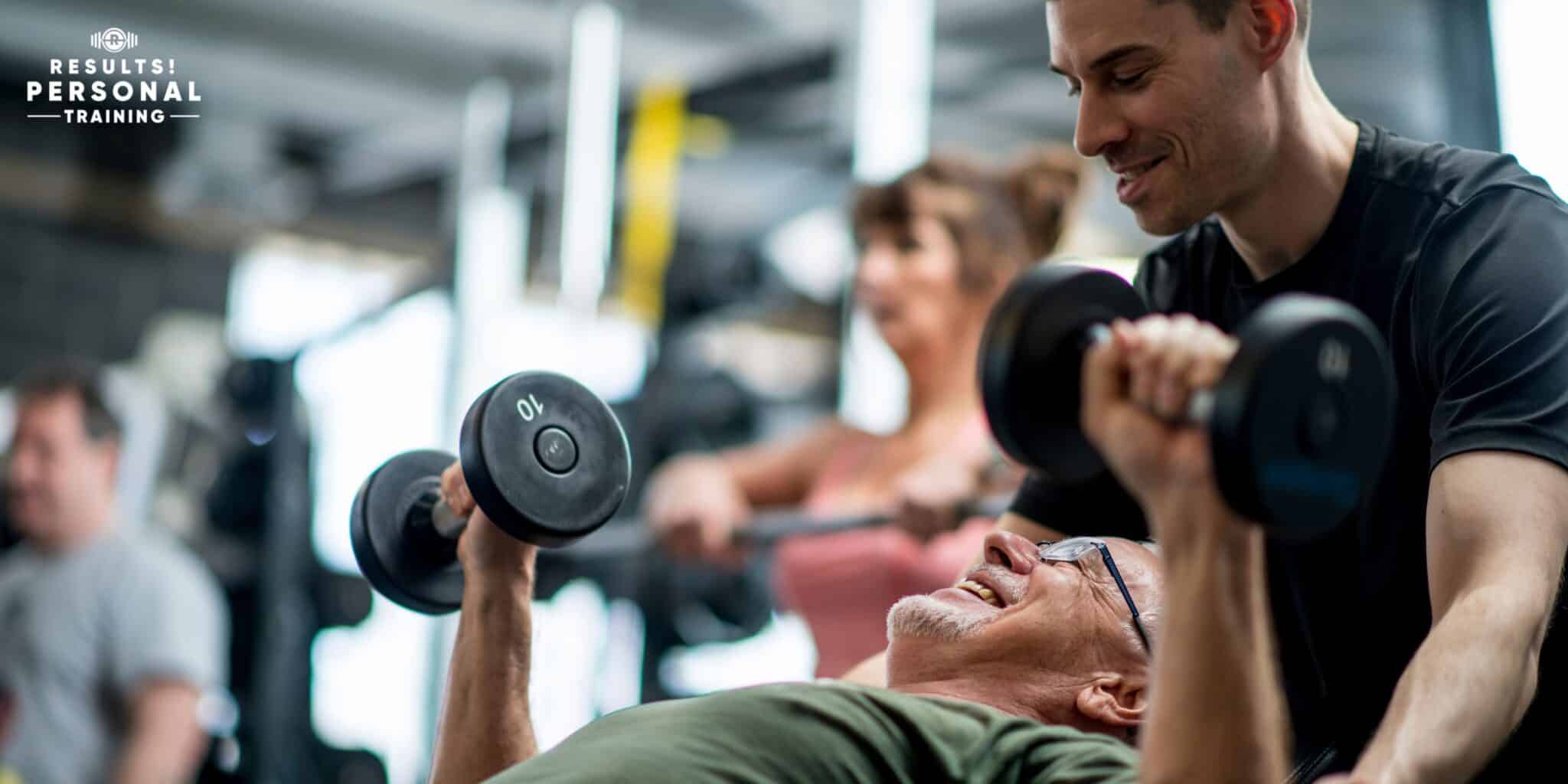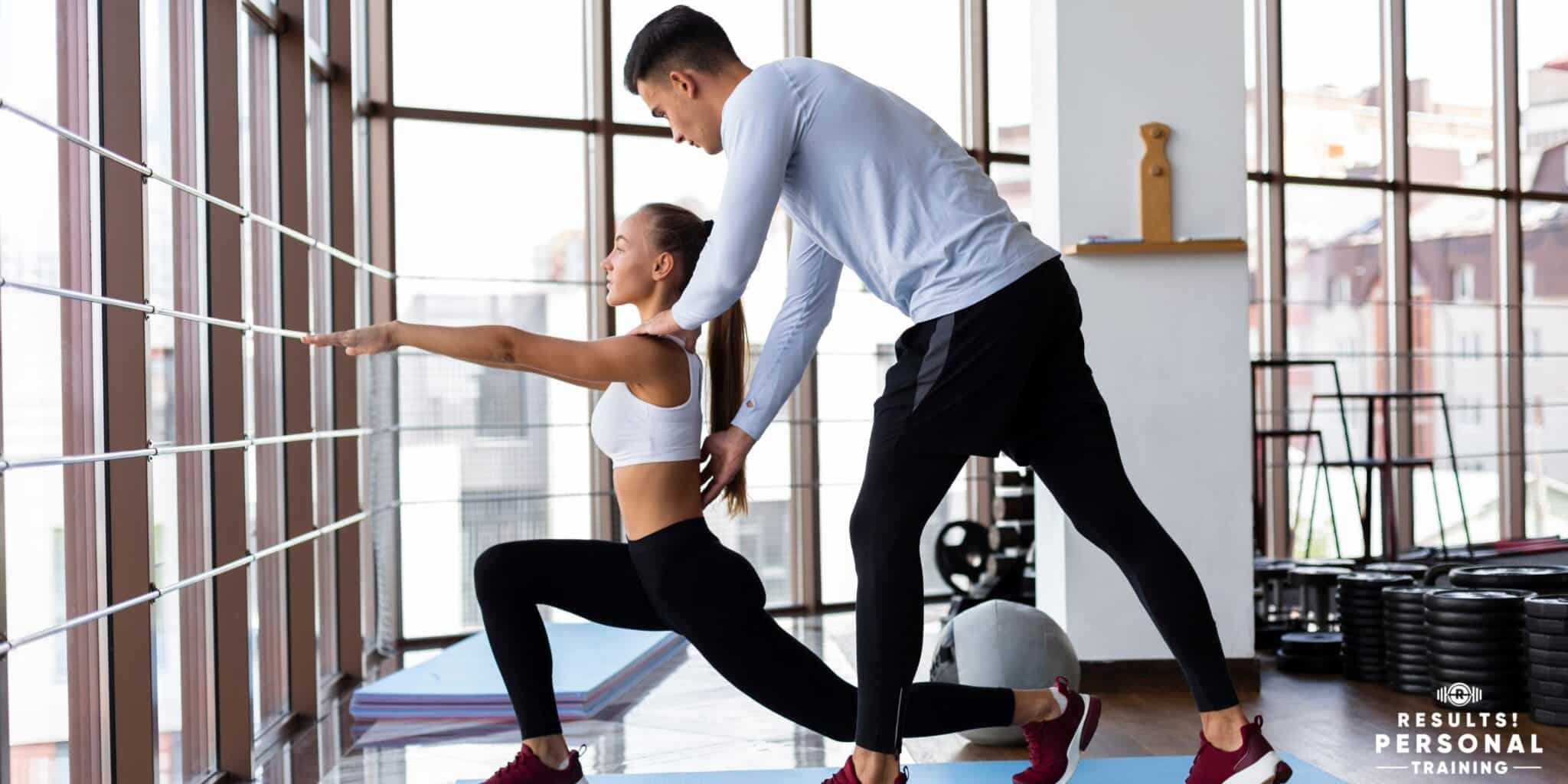A strong core acts as the body’s centre of power, as it supports balance, stability, and control in every movement. But building this core strength requires exercises that match your fitness level and safely challenge the right muscles. For this, it’s important to understand that not all core exercises are created equal, and starting with the wrong ones can lead to poor results, while doing the same basic moves for too long can stall your progress.
That’s why we’ve gathered expert-backed advice to help you get it right from the start. So, in this blog, you’ll find top core exercises tailored to different fitness levels, plus practical tips from a fitness trainer to make sure you’re getting the most out of each move. But before that, let’s take a quick look at some common signs that indicate your core needs attention.
Signs Your Core Needs Work
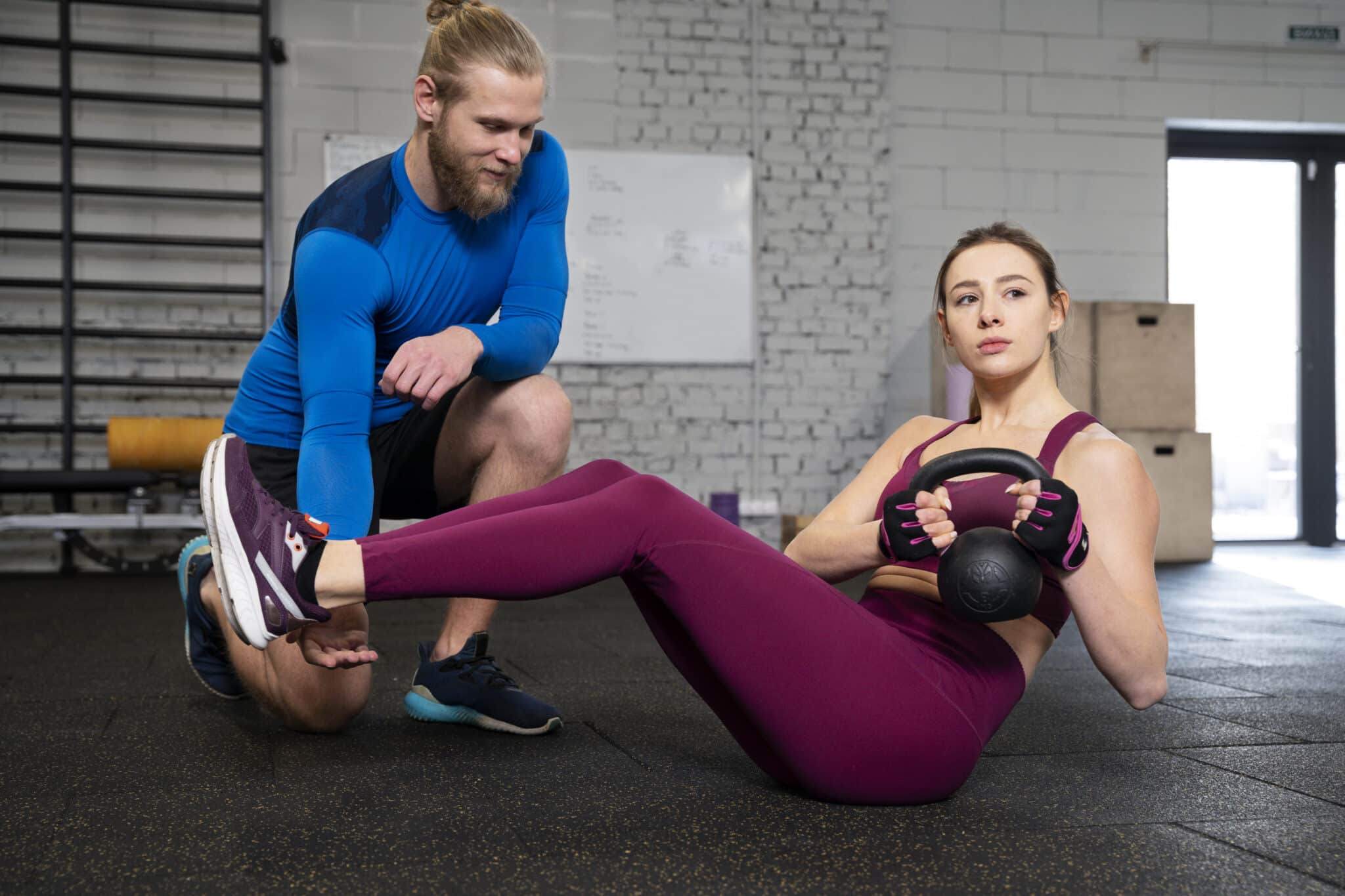
- Struggling to maintain good posture throughout the day.
- Lower back pain during everyday tasks.
- Feeling unstable during dynamic movements.
- Frequent injuries, especially around the hips or lower back.
- Noticeable pelvic tilt, specifically an exaggerated arch in the lower back.
- Trouble with balance-based movements or standing on one leg without wobbling.
How Core Strength Affects Balance And Daily Stability?
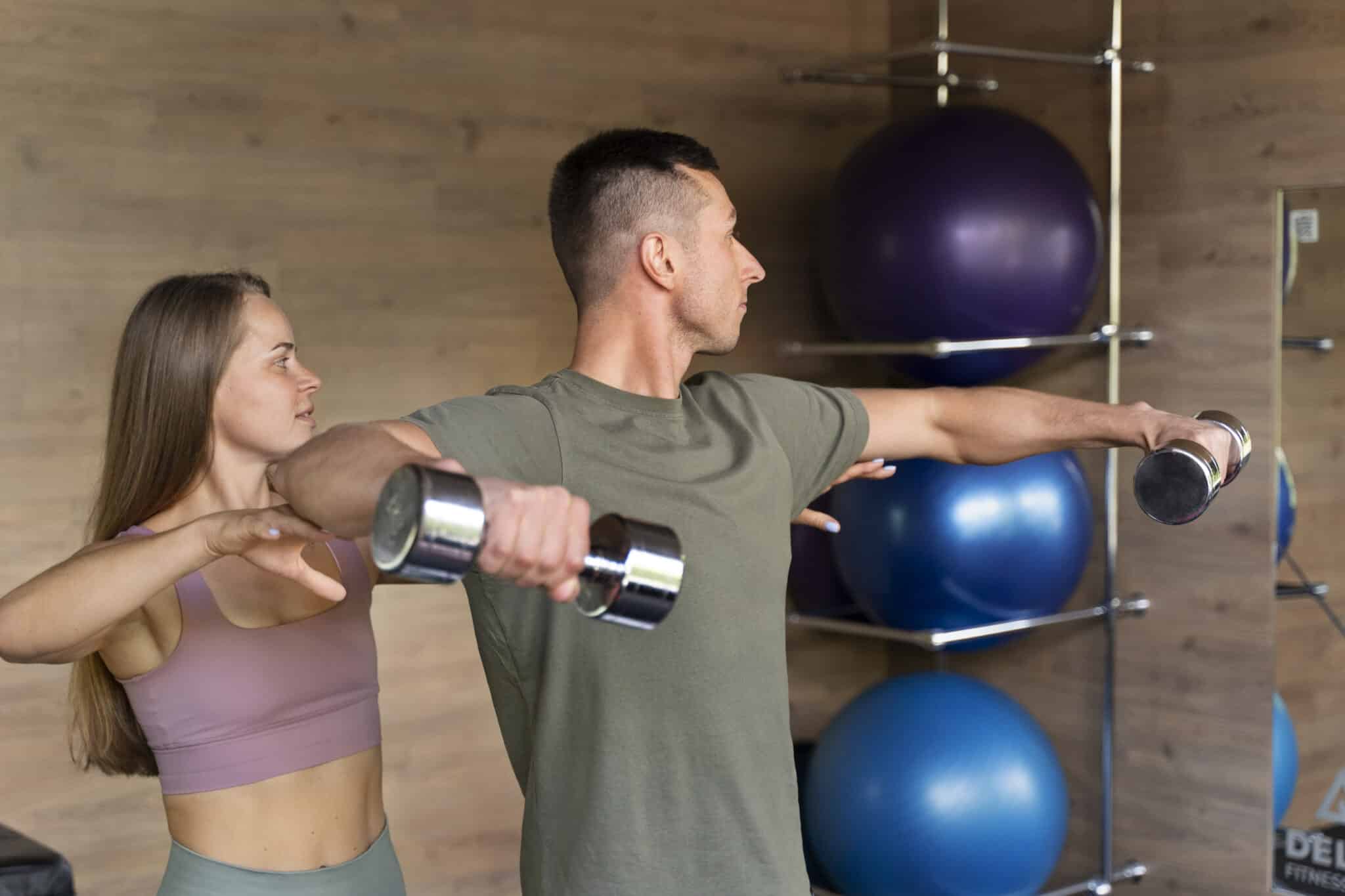
Provides A Stable Base For Movement
Think of your core as your body’s anchor. It keeps your spine and pelvis stable, allowing your arms and legs to move smoothly and efficiently.
Maintains Upright Posture Throughout The Day
Through core fitness, you develop the strength to stand tall and counteract the constant pull of gravity. This becomes especially important when you’re sitting for long periods or standing in one place.
Supports Safe And Controlled Movement Transitions
Everyday actions, such as getting out of bed, stepping into a shower, or quickly turning around, require your core to activate in a controlled manner.
Prevents Overuse Of Smaller Muscles
When your core isn’t pulling its weight, other muscles, like those in your ankles, knees, or hips, have to overcompensate just to keep you upright. This tires them out faster and reduces your overall stability.
Trainer-Recommended Core Exercises For Balance & Strength

Dead Bug
Dead Bug is a go-to move for trainers, especially with beginners who need to develop core control without stressing their spine. It’s performed lying flat on the back with arms reaching upward and knees bent. Slowly lower one arm and the opposite leg, keeping your back flat and straight. It helps activate deep core muscles and builds control, perfect before moving on to more intense or weight-based exercises.
Bird-Dog
As you progress beyond beginner level, this exercise promotes cross-body coordination and spinal stability. On hands and knees, reaching forward with one arm and extending the opposite leg requires balance, forcing the core to function in a coordinated manner.
Glute Bridge March
At the intermediate level, this variation challenges stability more than a basic bridge. While keeping your hips lifted, you alternate leg lifts, engaging your core to stay steady and prevent sagging.
Side Plank With Reach-Through
Once you’ve mastered the basics, side planks are great for working the obliques. This variation adds a rotational component, requiring the upper arm to reach under the torso before returning to the side plank. It challenges your core from different angles and builds the rotational strength needed for sports, lifting, and everyday movement.
Pall of Press
This is one of the most versatile exercises recommended by any personal trainer, as it is suitable for all fitness levels. Using a cable or resistance band, the movement involves pressing the hands forward from the chest and resisting the urge to rotate.
Hollow Body Hold
Hollow Body Hold is for a more advanced stage, where body control and sustained tension become the focus. The movement involves holding the arms and legs just off the ground while keeping the lower back flat against the floor.
Stability Ball Stir-The-Pot
Once you’re comfortable holding a plank, this progression increases the challenge. This variation requires placing forearms on a stability ball and drawing slow circles while keeping the body rigid.
Single-Leg Romanian Deadlift
Once clients establish balance and body awareness, it challenges coordination by hinging on one leg while reaching forward. This move strengthens hip and core stabilisers, helping correct muscle imbalances and boosting performance in activities like running, jumping, and quick directional changes.
Lateral Bear Crawl
Personal trainers suggest this crawling move challenges your whole body, boosting coordination and reactive stability. During the lateral bear crawl, you stay in a low crawl position with your knees hovering off the floor and move sideways. This side-to-side motion requires your limbs to move in sync while your core works to prevent sagging or twisting.
Standing Cable Woodchop
For clients ready to develop rotational power and control, this standing movement uses resistance to simulate chopping across the body. Starting from a high pulley and pulling diagonally across to the opposite side engages the obliques, lats, and hips.
Common Mistakes Trainees Commit In Core Workouts

Overemphasis On Crunches Alone
Many beginners believe that doing endless crunches builds a strong core, but that only targets the superficial abs. It overlooks deeper muscles, such as the obliques and transverse abdominis, leaving the core weak and hindering both physical performance and aesthetic gains.
Expert Tip: Incorporate compound core movements, such as planks, hanging leg raises, and anti-rotation exercises like Pallof presses, to help develop core stability and strength.
Poor Breathing Technique During Core Exercises
Holding your breath during core workouts can reduce oxygen flow and increase intra-abdominal pressure unnecessarily, potentially causing dizziness or strain. It also disengages the core, making the movement less effective.
Expert Tip Physical trainers recommend exhaling during exertion and inhaling during the return phase.
Rushing Through Reps Without Control
Speeding through reps turns the exercise into a momentum-driven routine rather than controlled muscle engagement. This minimises the effectiveness and increases the risk of strain, particularly in the neck and hip flexors.
Expert Tip: Try slowing down your reps and pausing at the hardest point. This helps work more muscle fibres.
Training Core Every Day Without Allowing Recovery
Some believe daily core workouts will accelerate results. In reality, the abdominal muscles are like any other; they need time to recover and grow stronger.
Expert Tip: As per a personal fitness trainer, you must schedule core training 3–4 times per week, with at least one rest day in between. On non-core days, focus on active recovery or mobility work to improve performance without overtraining.
Ignoring The Role Of Nutrition And Body Fat Levels
Even with strong core muscles, poor dietary habits and high body fat levels will keep definition hidden. Trainees often blame their routine instead of looking at lifestyle factors.
Expert Tip: Combine your core training with a clean, sustainable nutrition plan. Prioritise whole foods, stay hydrated, and maintain a caloric intake aligned with your fitness goals to support muscle visibility and overall health.
Conclusion
The right core exercises are just one piece of the puzzle. Real, lasting progress occurs when these exercises are part of a thoughtful, consistent plan. That’s where expert guidance from a private fitness trainer can make all the difference.
So, if you’re ready to take the next step, contact Results! Personal Training. Our experienced team utilises science-backed methods and personalised coaching to help you develop a stronger core and achieve results that last far beyond the workout.


